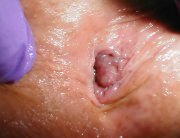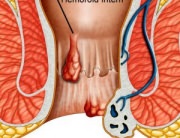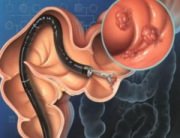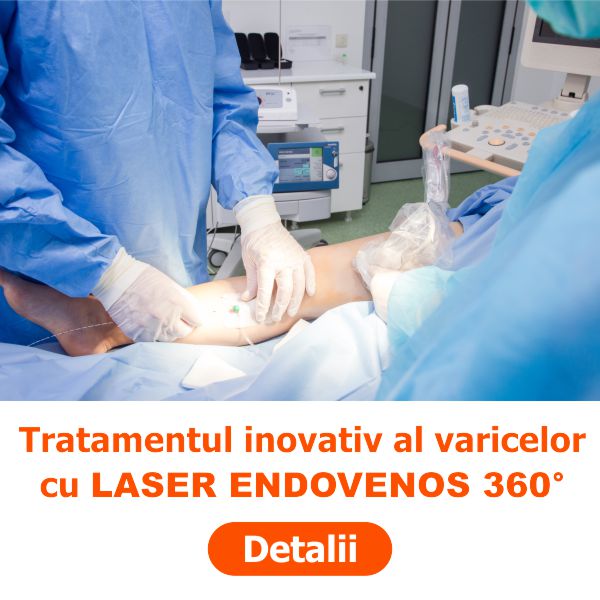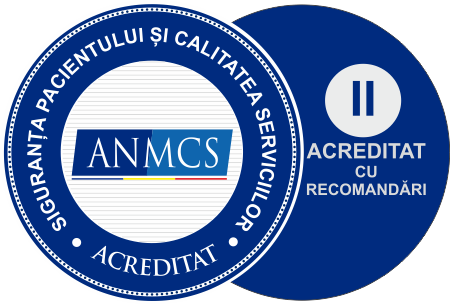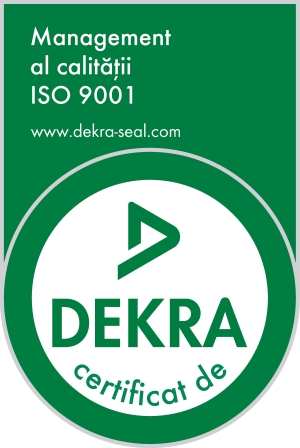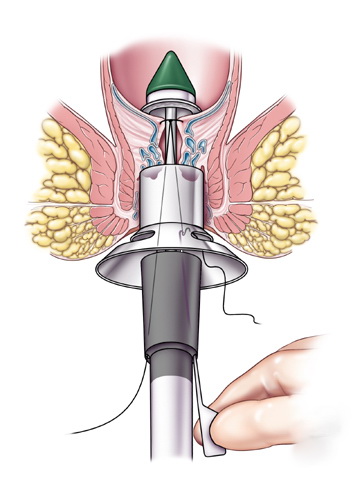 Haemorrhoid treatments are classified into two groups. They may be treated using non-surgical or traditional methods and by surgical procedures. The physician decides on the specific treatment suitable for each patient, depending on the severity of the case. In severe cases, surgery is required. One of the surgical haemorrhoid resection methods is stapled mechanical haemorrhoidectomy. Some people might not be familiar with this procedure because of its various names. It is also known as PPH or the Procedure for Prolapse and Haemorrhoids. Other health specialists use the name of stapled haemorrhoidopexy or circumferential mucosectomy.
Haemorrhoid treatments are classified into two groups. They may be treated using non-surgical or traditional methods and by surgical procedures. The physician decides on the specific treatment suitable for each patient, depending on the severity of the case. In severe cases, surgery is required. One of the surgical haemorrhoid resection methods is stapled mechanical haemorrhoidectomy. Some people might not be familiar with this procedure because of its various names. It is also known as PPH or the Procedure for Prolapse and Haemorrhoids. Other health specialists use the name of stapled haemorrhoidopexy or circumferential mucosectomy.
Procedure:
The method uses a circular stapling device to excise the excess tissue from the prolapsed anal mucous membrane. This device pulls the prolapsed tissue to allow the excess tissue to be removed while the remaining haemorrhoidal tissue is stapled. This restores the haemorrhoidal tissue back to its original anatomical position.
In stapled mechanical haemorrhoidectomy, a circular anal dilator is inserted into the anus. An anoscope is inserted through the anal dilator. Its role is to push the prolapsed tissue into the anal canal. The tissues protruding through the anoscope opening are sutured. When the anoscope is turned, the mucous-cutaneous suture is performed around the anal circumference. Another circular device is then inserted to complete the stapling procedure. A manoeuvre draws the prolapsed mucous membrane into the device casing. When the instrument is tightened, the titanium staples are pushed through the tissue. The excess tissue will be removed from the anal area using circular knife. The ends of the suture are knotted externally and the anoscope is used once again to examine the stapling line for possible bleeding.
Advantages of Stapled Mechanical Haemorrhoidectomy:
The method is sought to be less painful than other surgical procedures. After the performance of the procedure, patients are able resume their routing activity much faster. If the patients opt for the traditional treatment methods, they must stay in the hospital for a few days. PPH, on the other hand, will not require a lengthy admission period.
Risks:
This procedure involves a low complication incidence. Some of the complications include the injury of the rectal wall by drawing excess muscle into the device. There may be a short- or long-term dysfunction of the internal sphincter muscles caused by their tensioning. Pelvic septicemia may occur, just as in the case of other surgical treatments, which is why proper medical follow-up is recommended.
Stapled haemorrhoidectomy may be useless in the case of patients with large confluent haemorrhoids. The physician may face difficulties upon the insertion of the stapling device in the anal area, because of the large tissue. In addition, the device may not be adjustable to all types of tissue prolapse. Moreover, the patient may experience pain and a fake defecation sensation. The haemorrhoid or prolapse recurrence is higher in the case of stapled haemorrhoidectomy as compared to the other surgical treatment methods.



